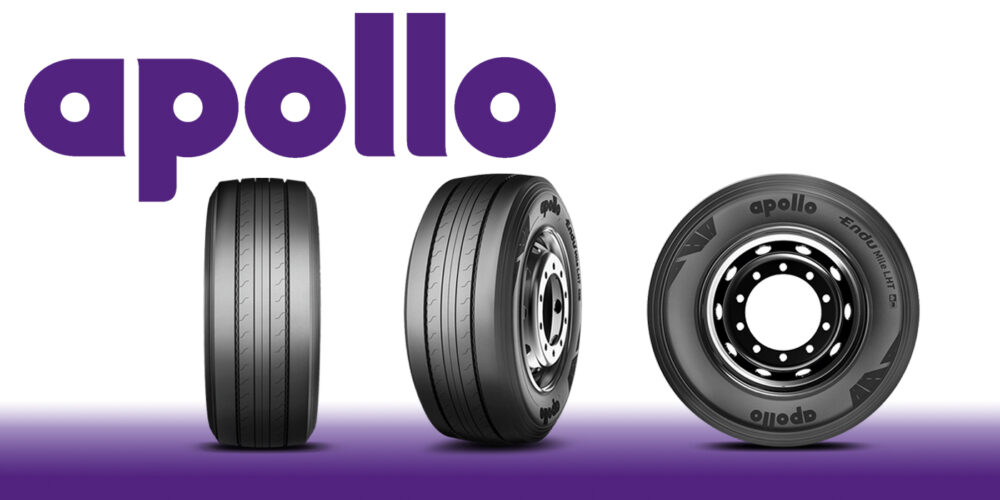I walked by an idling diesel pickup truck going to the store the other day. When I came out some 12 minutes later, the truck was still sitting there idling. If I were a cop, I would have given “Bubba” a ticket and required him to attend a TMC meeting.
I made several observations during a 1,800-mi. highway trip recently. The larger fleet operators tend to drive as slow as practical because they understand the relationship between fuel economy and speed. The smaller fleet drivers and independents tended to “haul the mail!”
The worst offender I noted was a cattle hauler running 80 MPH, essentially dragging a parachute. I’ll bet the more conservative drivers get double the fuel economy he was getting. I wonder if he realizes (or cares) what his fast driving costs both his operation and others’ opinions of truckers. He needs to attend a TMC meeting, also.
It’s interesting to note how many trucks are now utilizing aerodynamic aids. I saw many side skirts and a few aero aids designed to destroy vortices at the rear of trailers. Now I’m wondering why trucks don’t utilize “nose cones” to further improve fuel economy. Any aerodynamicist will tell you how important it is to divert the flow of the air around the sides of the vehicle. Look at faired motorcycles, Bonneville salt flats racers and modern automobiles for examples. An aerodynamic vehicle is much less speed sensitive than a box
Engine speeds (RPMs) of the trucks I passed were also much lower than in the past. Since any engine is essentially an air pump, the slower it can be operated, the better the fuel economy. It has to do with minimizing pumping losses. Diesels are better than gas burners, but both obey the same principles of physics.
Let me validate both of the above points. At one time, I was passed by a Toyota Prius going 85 MPH. I began to wonder the effect of his high RPM on fuel economy, so when I got back home, I did a little research. According to fuel economy test results I found, vehicles with smaller engines that get more than 40 MPG at 55 MPH got around 30 MPG at 75 MPH. The average MPG drop at 75 MPH was 29%. All vehicles tested lost between 11 to 14 MPG at 75 MPH. Small engines must rev very high to produce sufficient power to propel them at 75 MPH. Their fuel systems are probably into power enrichment modes.
Since I had 1,800 mi. of interstate to traverse, I decided to conduct a fuel economy test on my vehicle, because it is very aerodynamic, and the engine speed is only 2,000 RPM at 80 MPH. The numbers tabulated below are the result of two determinations of at least 160 mi. each at a given speed, since modern fuel tanks are so difficult to fill repeatedly.
Run lengths of the 77 MPH and 82 MPH determinations were at least 300 mi.
Although less than a truly scientific experiment, these results indicate that an aerodynamic vehicle utilizing lower engine speeds is less than half as speed sensitive as a vehicle that isn’t designed to run this fast. Shows how important proper truck spec’ing can be, doesn’t it? Okay, I know I broke the law, but a scientist must have data, and if I had driven 55 MPH, I would have been run over!
Years ago, Cummins engine tech people said to “gear fast; run slow.” With today’s electronic controls, this is much more do-able than in the past. I believe I would spec the engines with the longest stroke and the tallest (low numerical ratio) rear axle ratio for interstate usage to optimize fuel economy.













